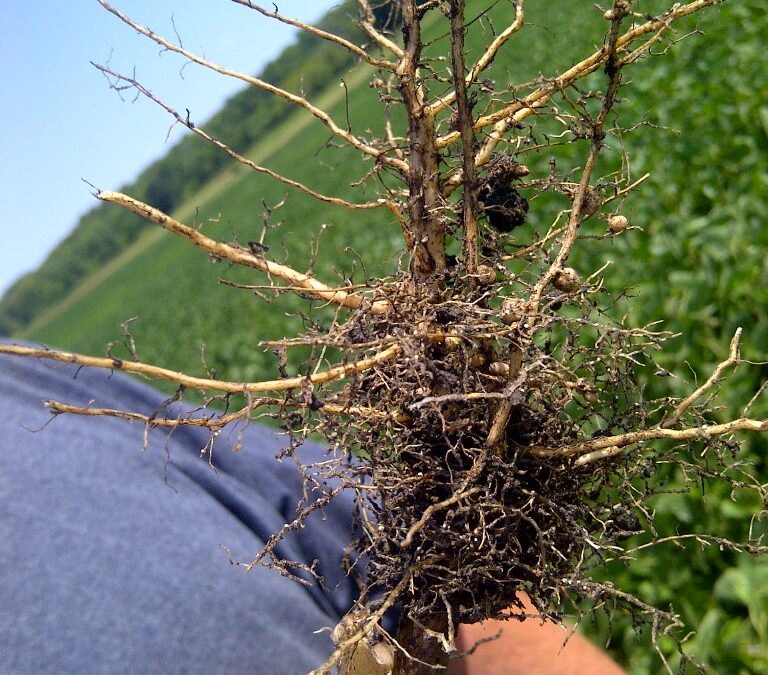Peking Source Of SCN Resistance: What You Need To Know

WARNING: Soapbox speech ahead!
Remember when glyphosate-resistant crops were first introduced? The technology worked great. But, after 20 years of overuse, not so much anymore.
The same thing has been occurring with SCN-resistant soybeans! Now, I will say that the PI88788 source was the only game in town, so there were no alternatives to be used. But now, we have a second viable option called the Peking source. It also has a PI (plant introduction) number, PI548402 (nerdy trivia, I know.) The PI number actually references a single plant brought to the US from the origin of soybeans. Either China, Japan or Korea.
Much like RPS genes for Phytophthora Root Rot, the PI88788 and Peking sources cover different SCN races (HG types). Both give resistance to four of the same races, but Peking also provides resistance to four other races, especially Race 5, which is becoming a problem in the upper Midwest.
It is interesting to note that Peking was discovered in 1957. It has been commonly used ever since, but until now, breeders have had difficulties maintaining the trait while providing top-end yields, limiting its widespread use compared to PI88788.
The Future
Genetic marker breeding has dramatically increased the number of Peking cyst-resistant varieties. I do not expect to ever release another SCN-susceptible soybean variety at Peterson Farms Seed. And I expect 30-40% of our line-up will have Peking in the next five years.
Multiple breeding companies are working on a GMO trait to help fight SCN. It is called the NRS trait (nematode-resistant soybean). I believe it is a BT-type trait like we see in corn, and it is my understanding it only confers about 40% control of nematodes. It will be used in Enlist E3 soybeans and is expected to hit the market late this decade. It sounds like another helpful tool!











